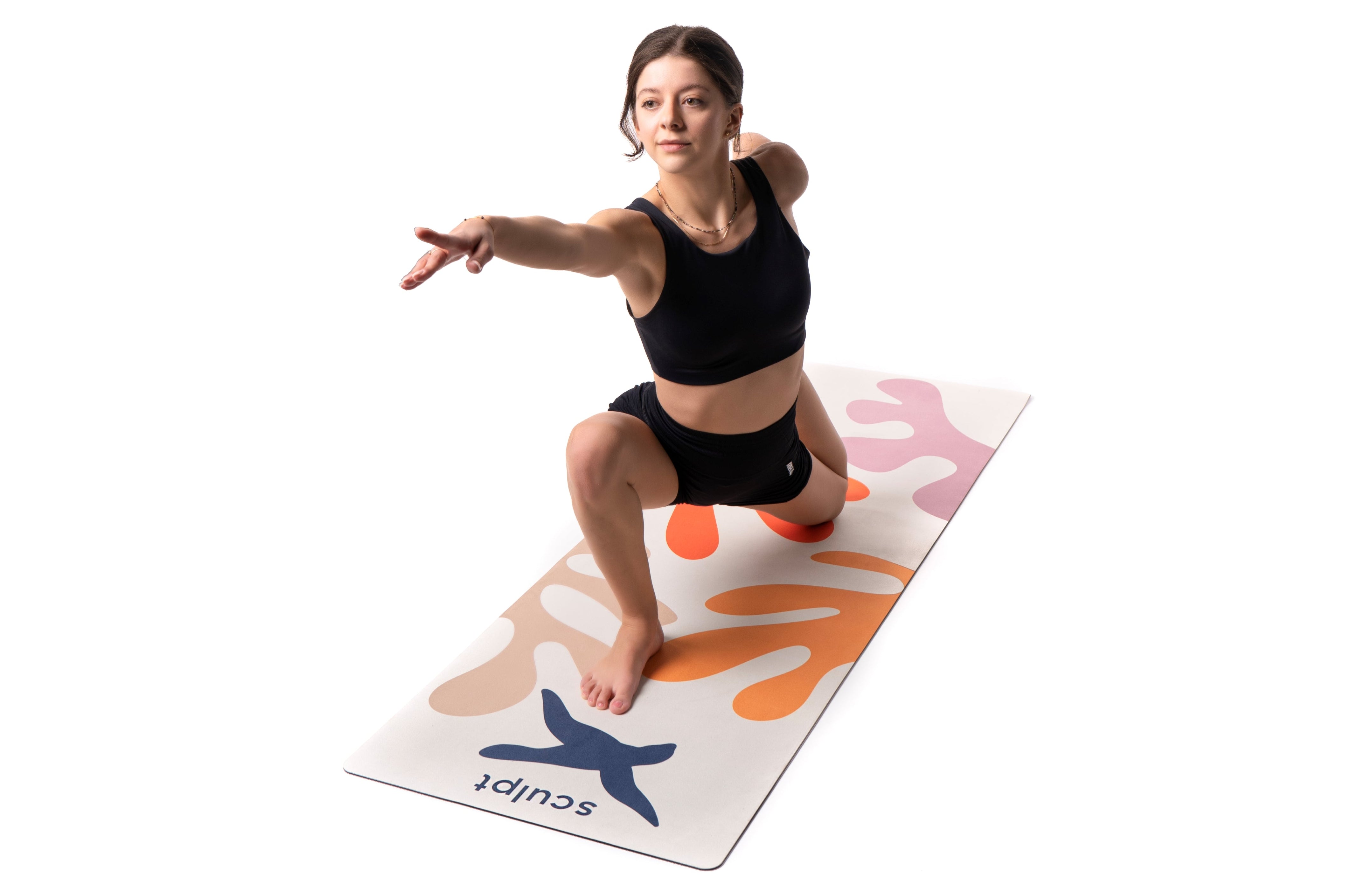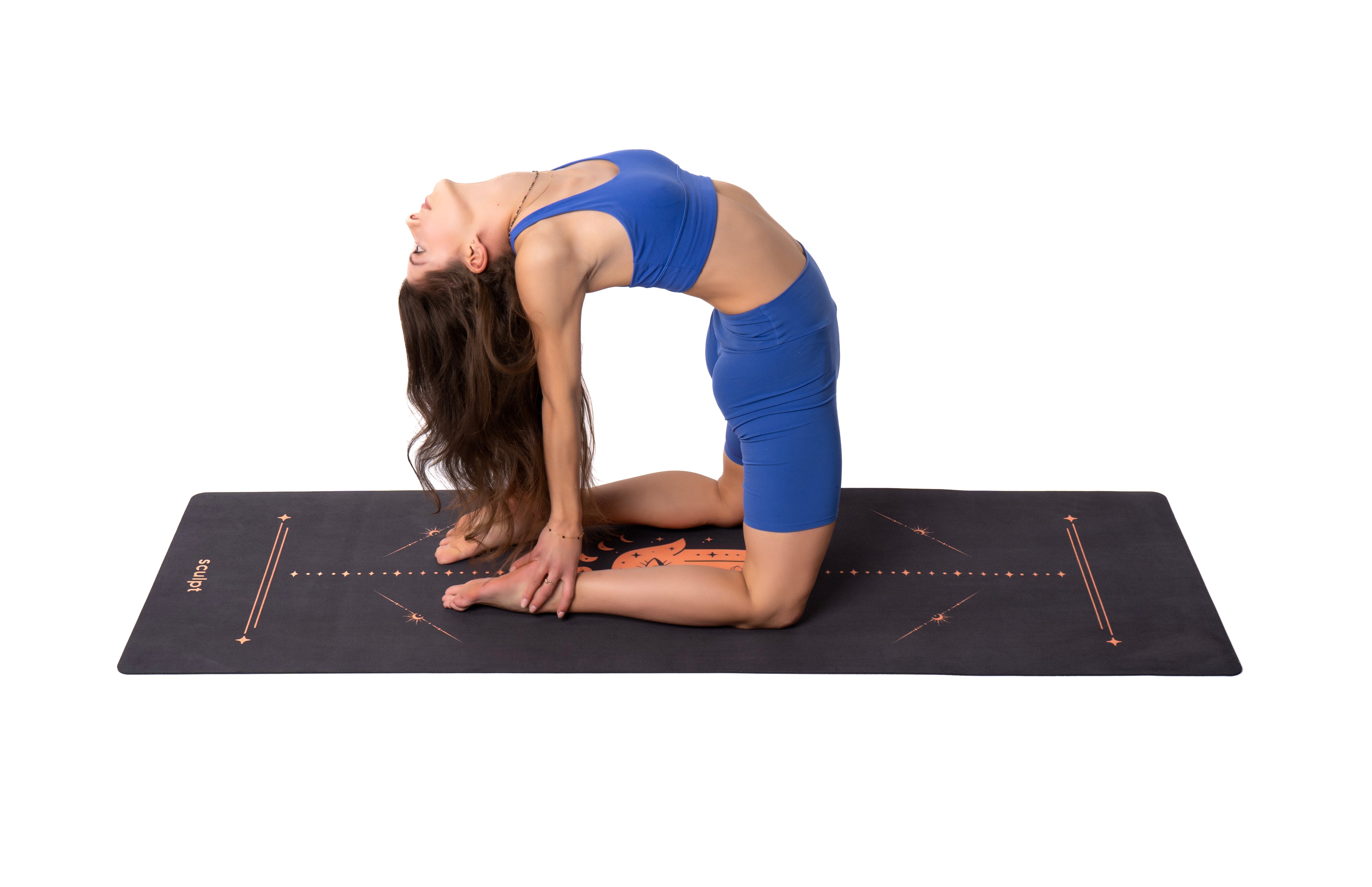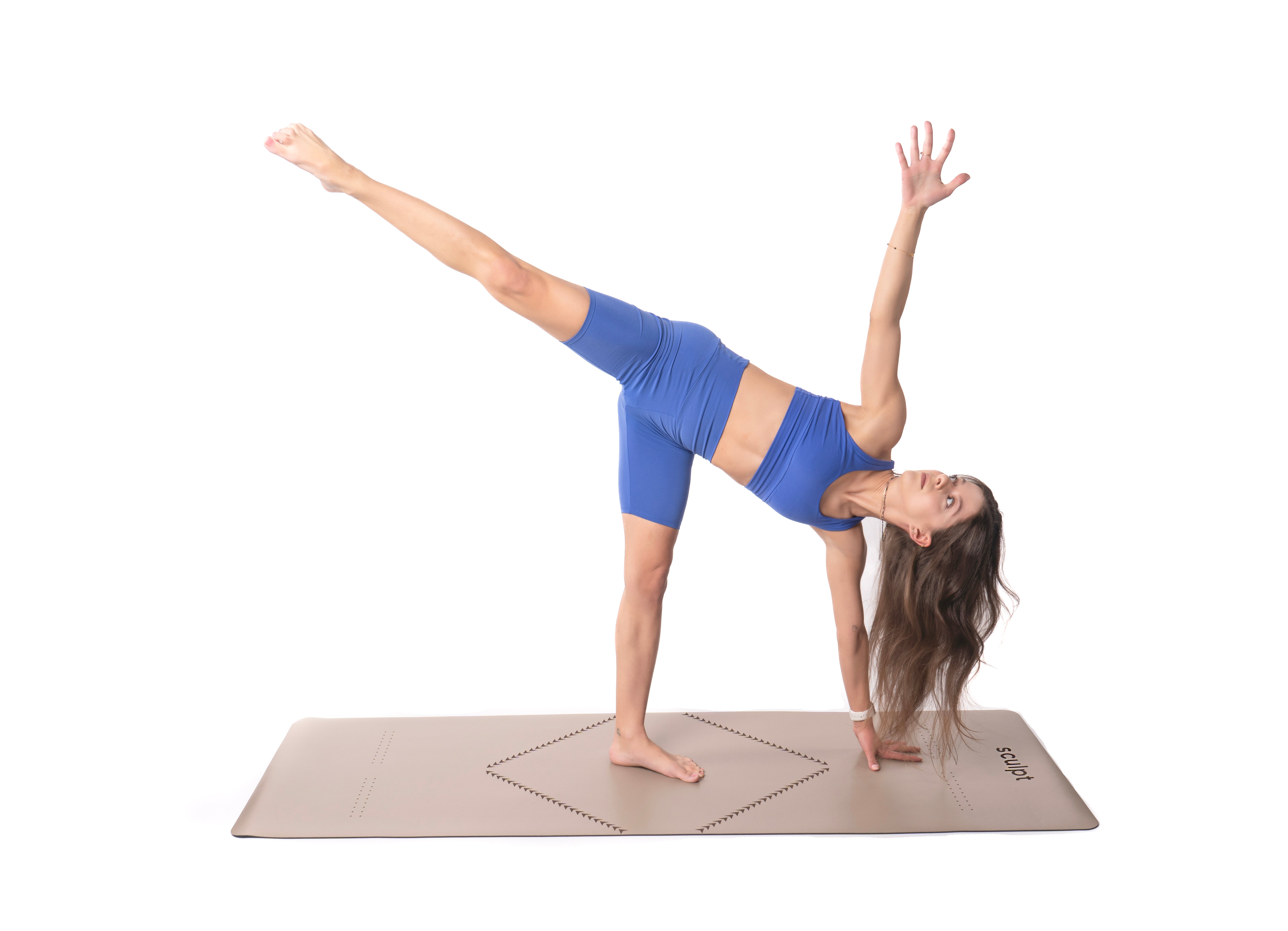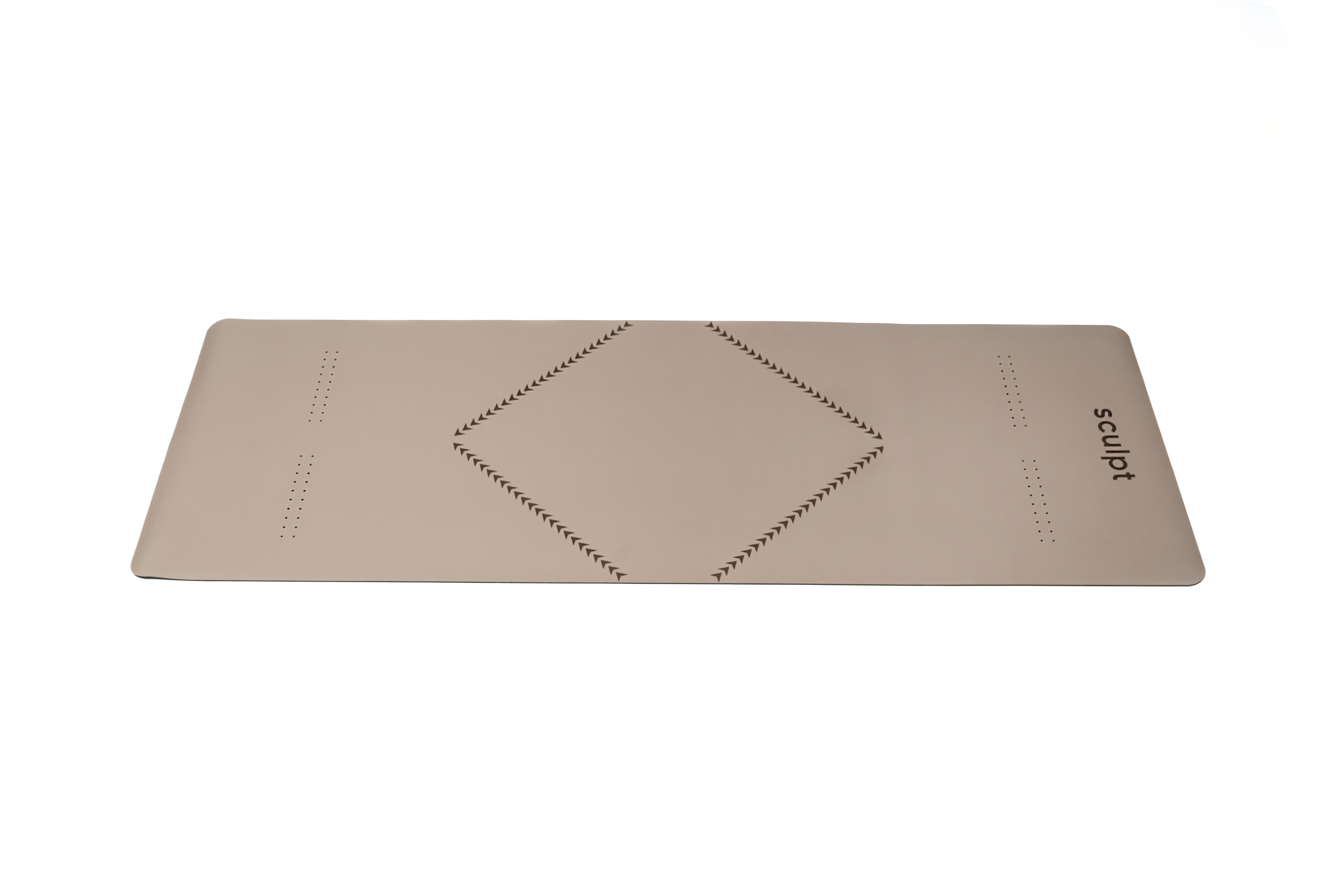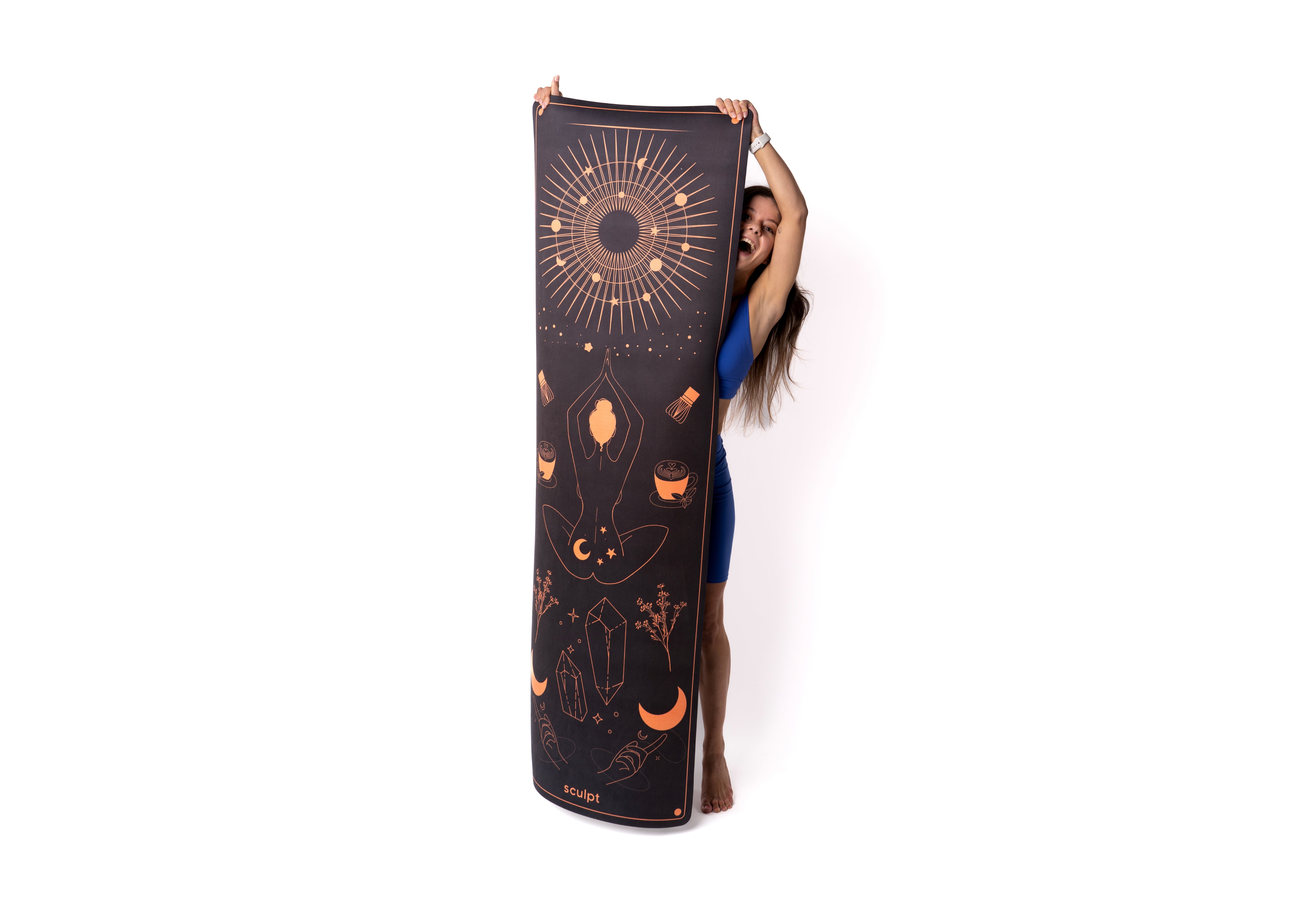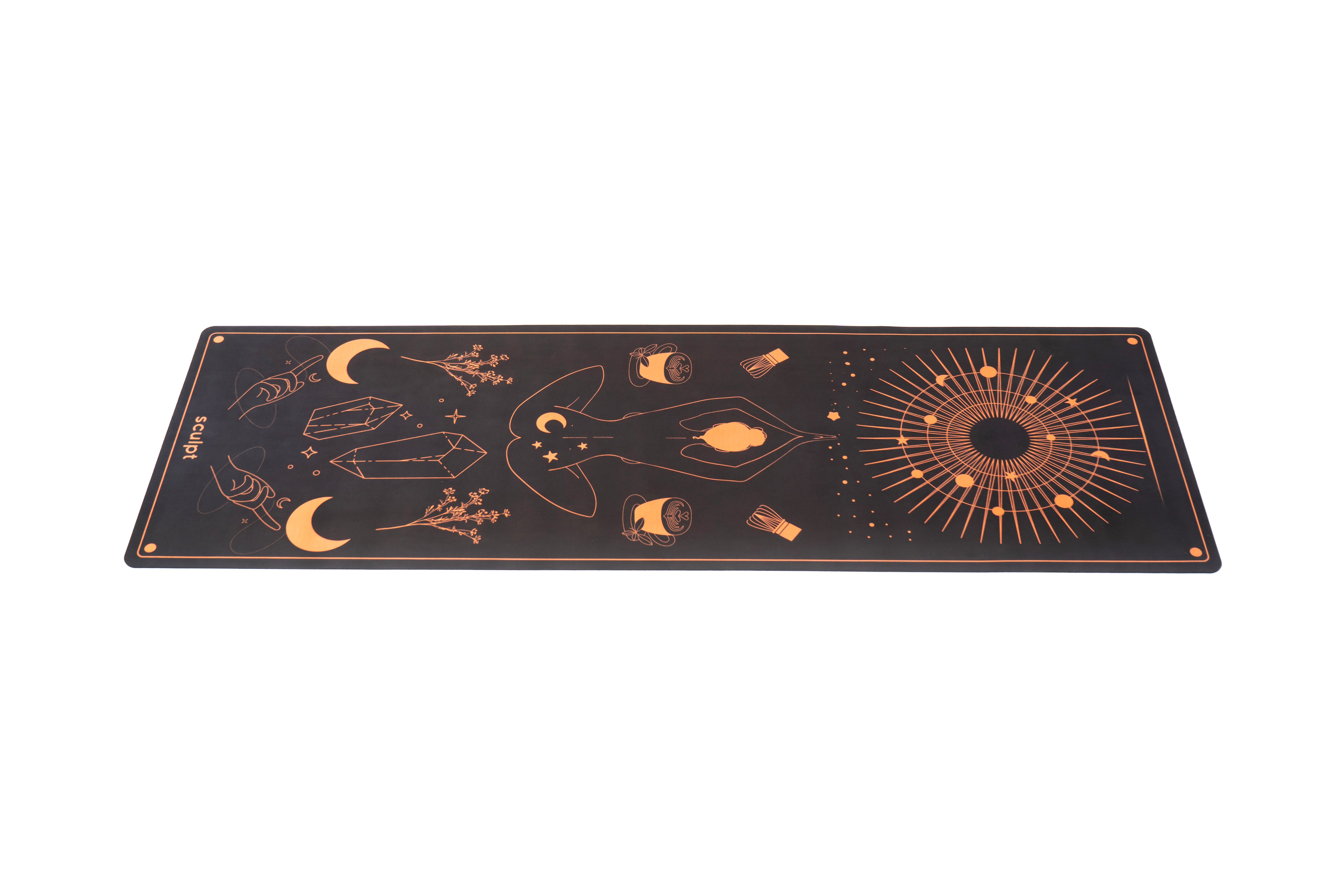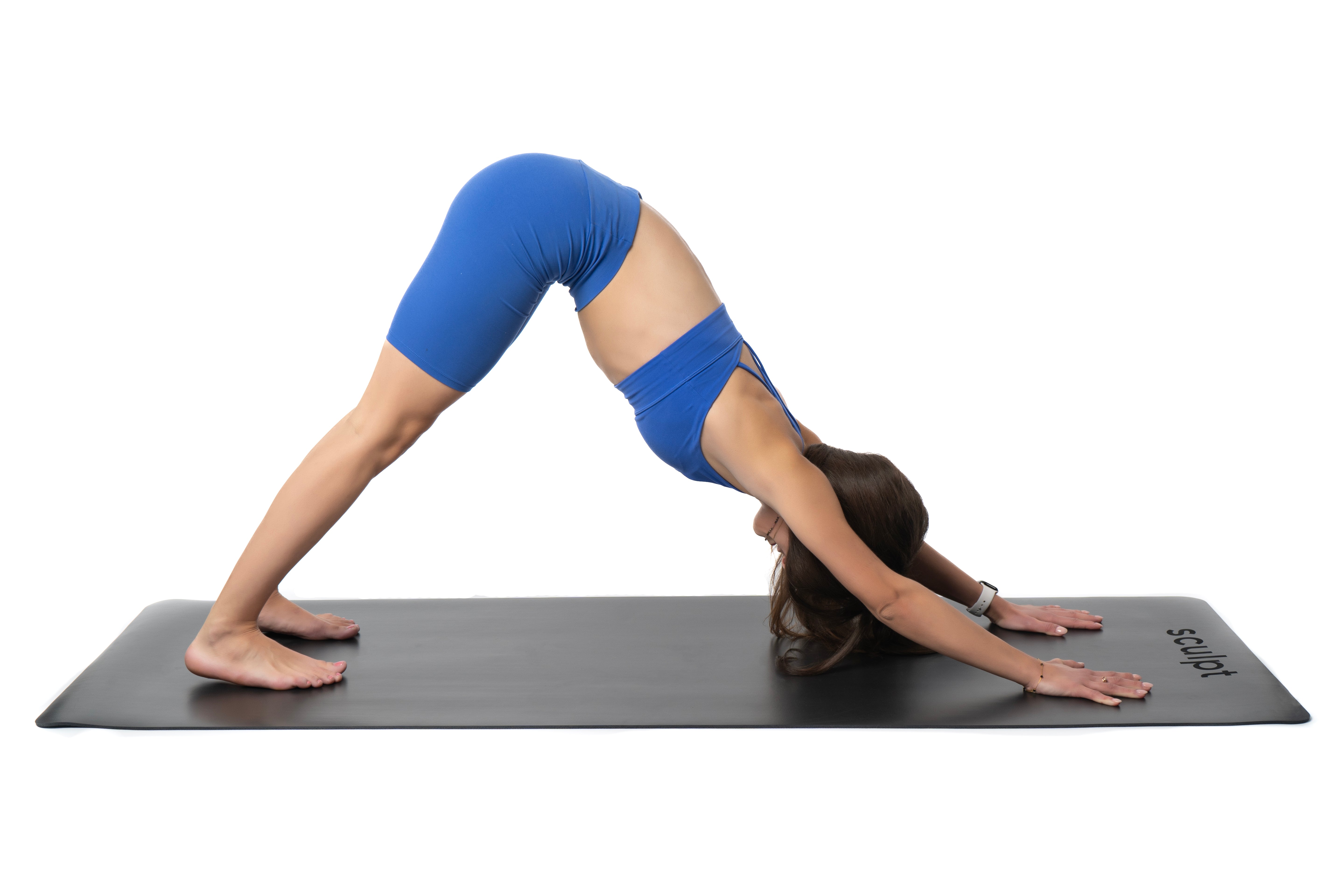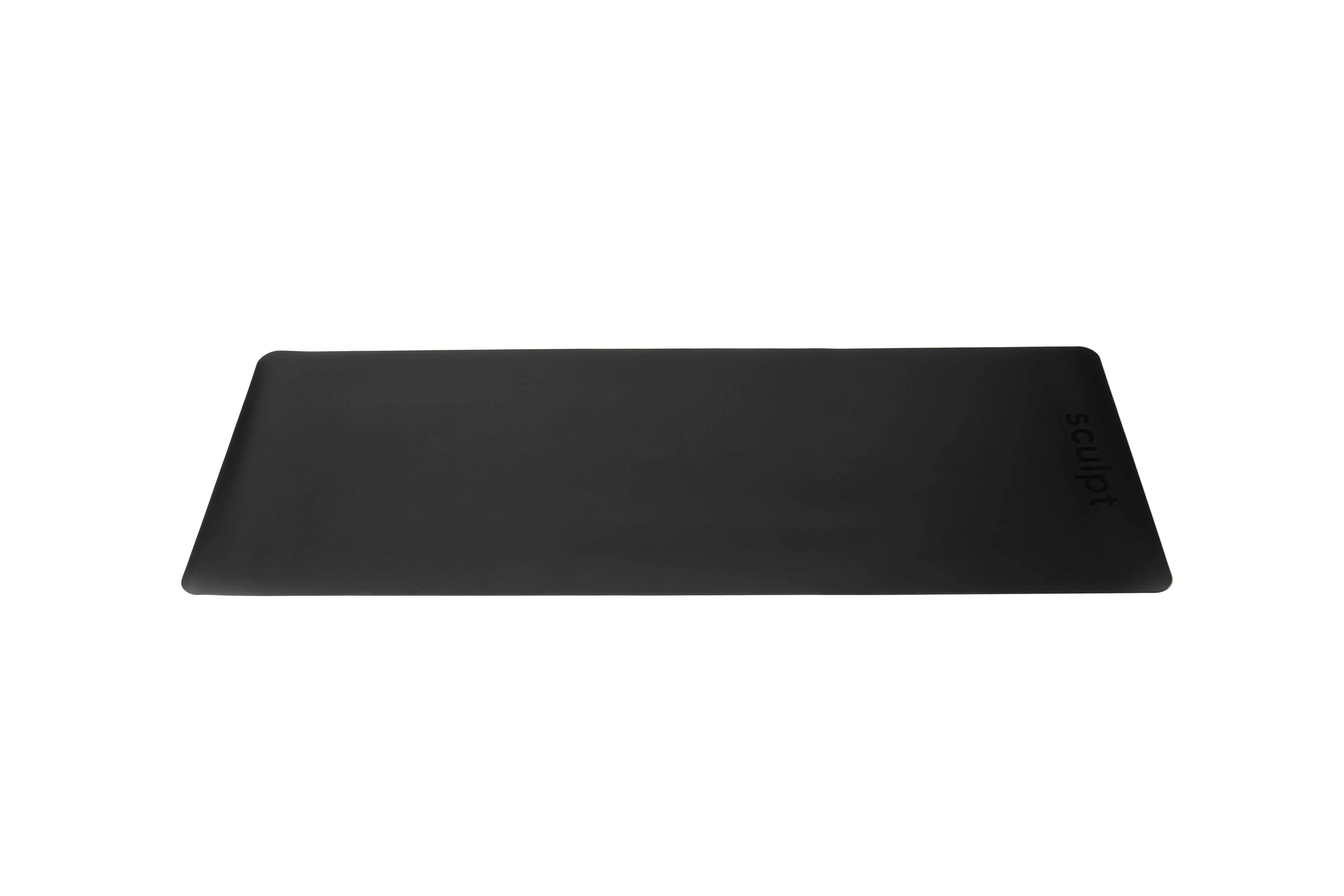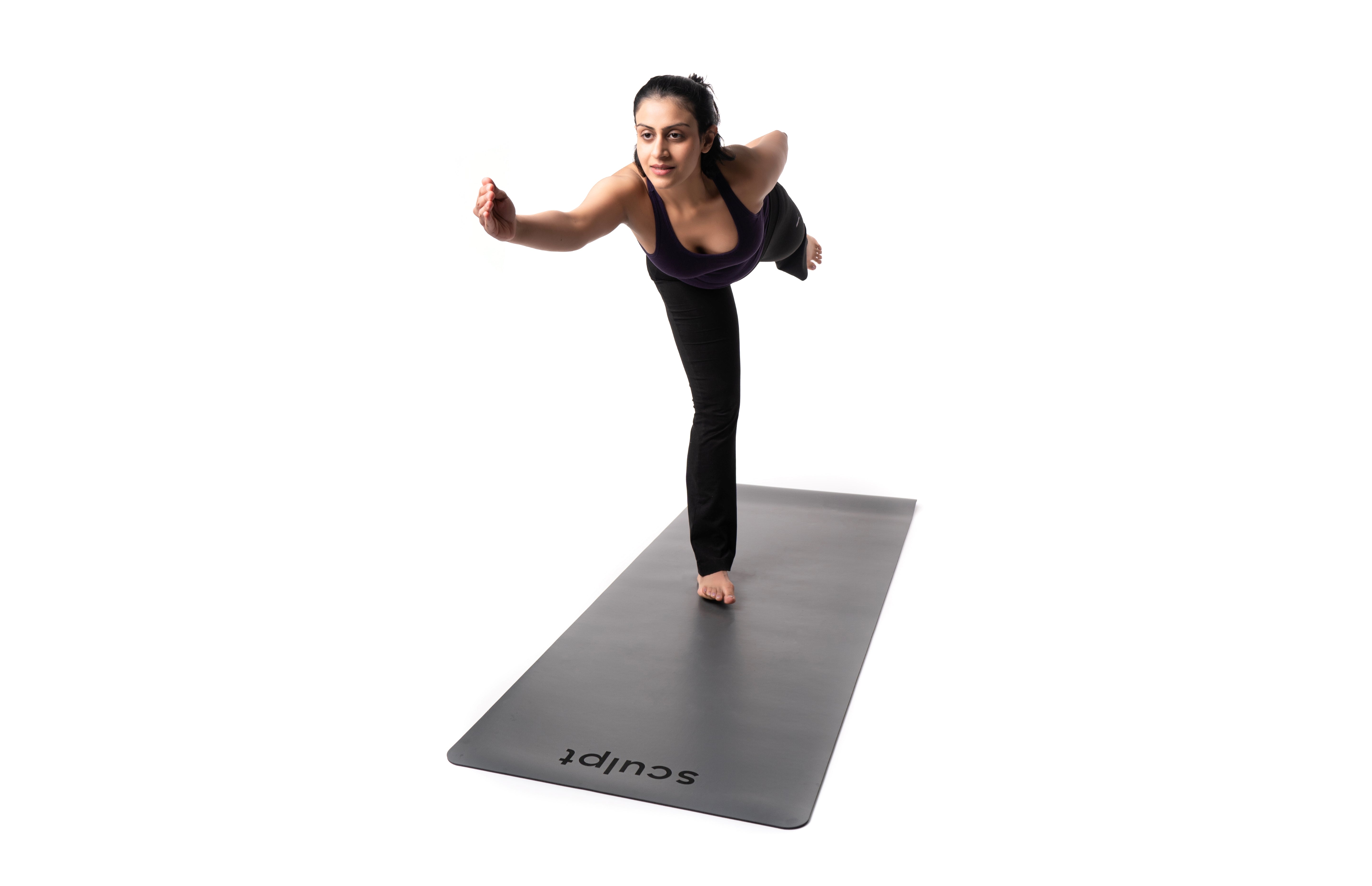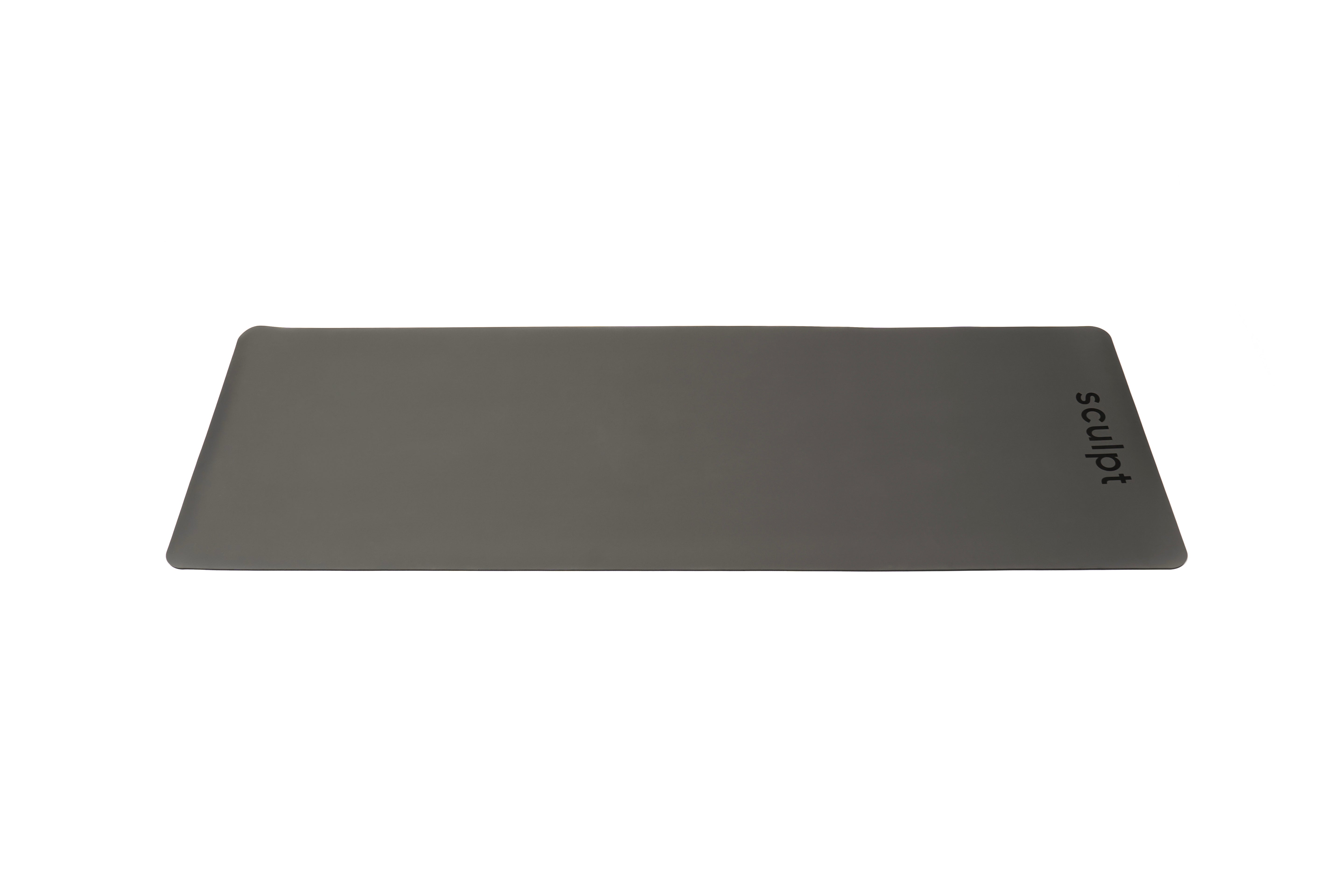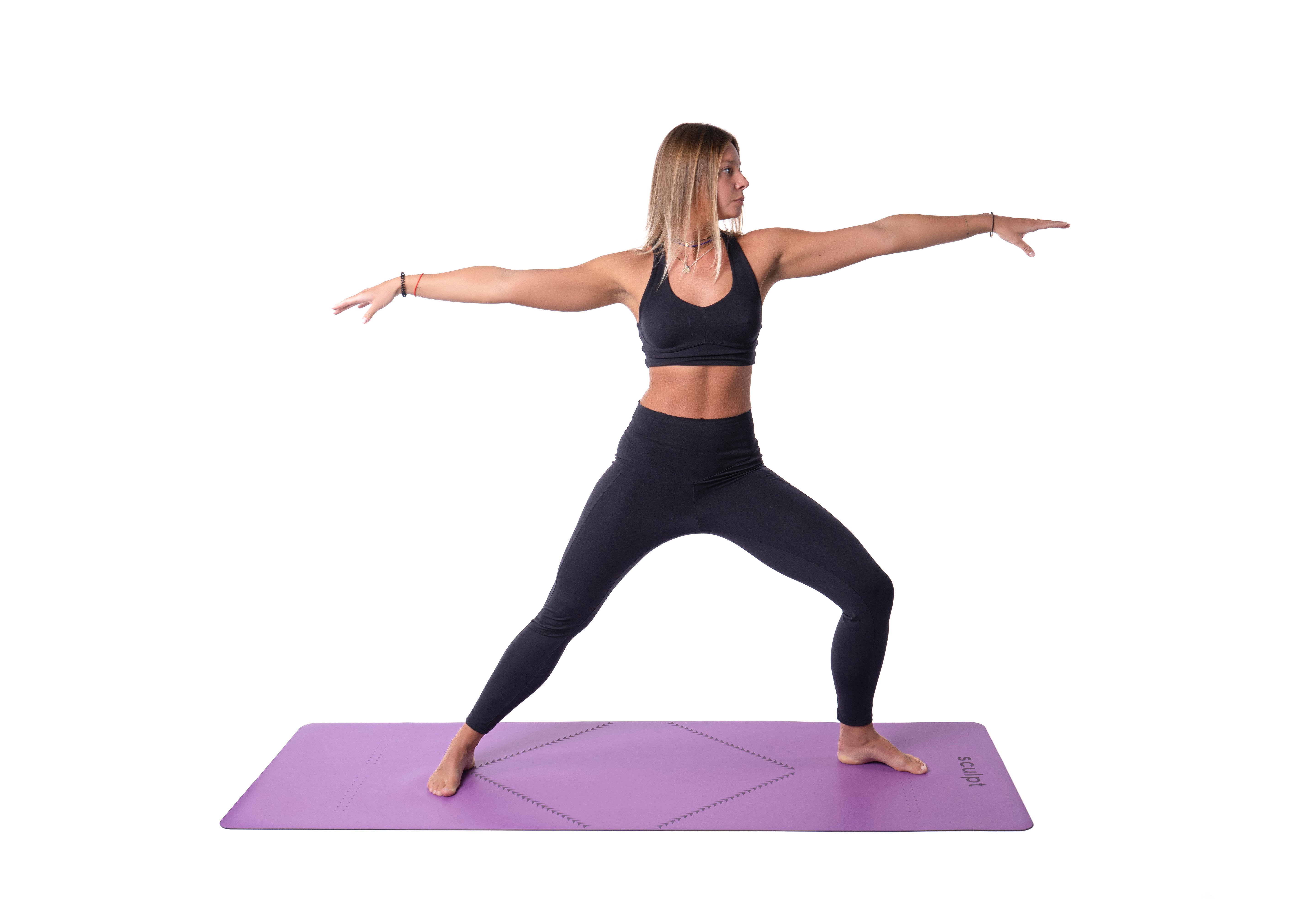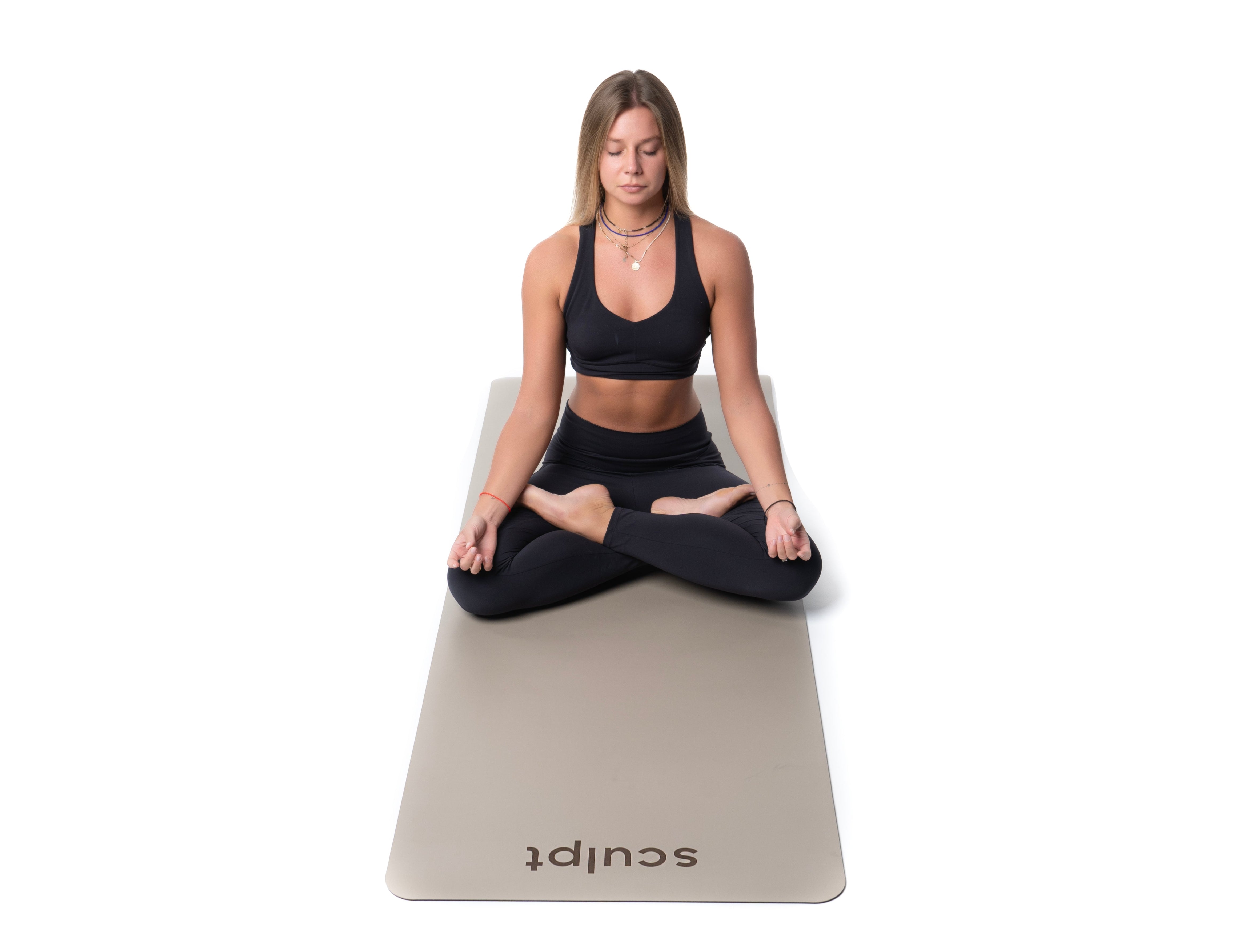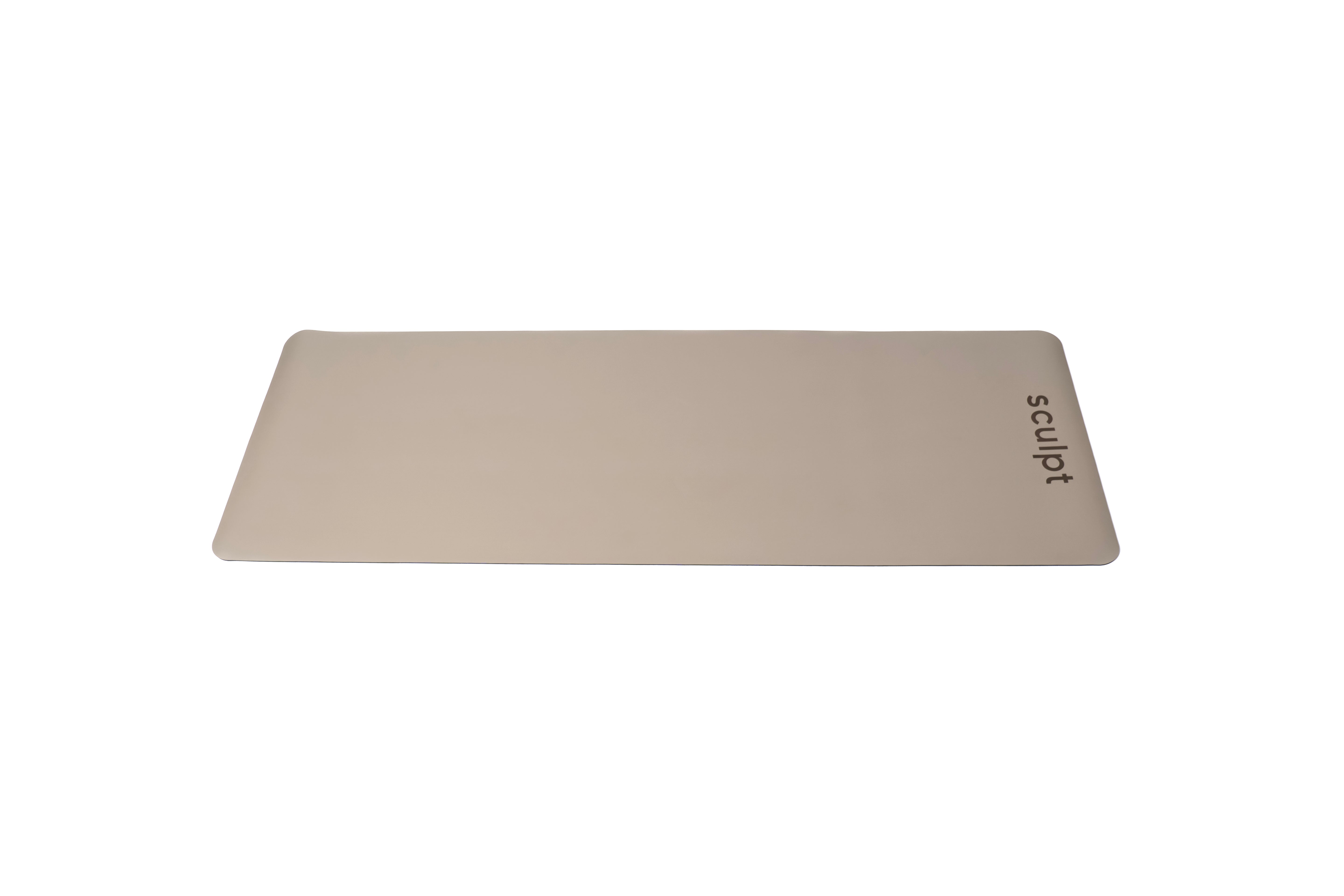Article: A Beginner’s Guide to Different Types of Yoga: Find the Best Yoga Style for You
A Beginner’s Guide to Different Types of Yoga: Find the Best Yoga Style for You
Every style has its own distinct approach, and even within those, individual instructors often bring their own variations. Trying out several styles and teachers before deciding on what works best for you will elevate your yoga experience and push you to explore beyond your usual routine.
Want to learn more about the different options? This guide will give you an overview along with tips to help you decide which is the best fit for your body, goals, and lifestyle.
1. Hatha Yoga
Hatha Yoga is one of the oldest forms of yoga, dating back to the 11th century in India, and is the foundation for many modern styles. It focuses on basic postures (asanas) and breathing techniques (pranayama), making it a gentle introduction for beginners.
- Best for: Beginners who want to learn the fundamentals and those looking for a calming, slower practice.
If you’re new to yoga, Hatha Yoga is an excellent starting point due to its focus on alignment and mindfulness.
2. Vinyasa Yoga
Vinyasa Yoga has its roots in Ashtanga Yoga but became popular as a dynamic, flowing practice in the 20th century. Vinyasa means "to place in a special way," and in this style, each movement is synchronized with the breath. It's a more modern take on yoga, ideal for those who enjoy creative and fluid sequences.
- Best for: Individuals who enjoy creative flows and want a full-body workout.
Vinyasa Yoga is popular for its balance between physical challenge and mindfulness, making it a go-to for yoga practitioners today.
3. Ashtanga Yoga
Ashtanga Yoga was developed by Sri K. Pattabhi Jois in the early 20th century, but its roots can be traced to ancient texts. It follows a specific sequence of postures, making it a disciplined practice that builds strength, flexibility, and endurance over time.
- Best for: People who enjoy a challenge, athletes, or those who prefer a structured routine.
Ashtanga Yoga is for practitioners who thrive on routine and want to track their progress through consistent practice.
4. Power Yoga
Power Yoga emerged in the 1990s in the U.S., blending elements of Ashtanga Yoga with more fitness-oriented exercises. It was designed to cater to Western practitioners looking for a more vigorous workout, without the strict adherence to Ashtanga's sequences.
- Best for: Fitness enthusiasts and those looking for a high-energy workout.
If you're seeking a high-intensity class with yoga benefits, Power Yoga offers a blend of strength training and mindfulness.
5. Bikram Yoga
Bikram Yoga was founded in the 1970s by Bikram Choudhury and involves a series of 26 poses practiced in a heated room. The heat helps to increase flexibility and detoxify the body through sweating, and it follows the same sequence each session.
- Best for: People who enjoy sweating, those looking for a detoxifying workout.
If you like consistency and a challenge, Bikram Yoga might be the perfect fit, but be prepared for the heat!
6. Yin Yoga
Yin Yoga is a relatively modern style, created in the late 1970s by Paulie Zink, drawing inspiration from traditional Chinese medicine and Taoist principles. It focuses on deep stretching and holding poses for longer durations to target connective tissues and improve flexibility.
- Best for: Those looking to improve flexibility, reduce stress, or incorporate mindfulness into their routine.
If you’re seeking a slow, meditative practice that helps with deep stretching, Yin Yoga could be ideal.
7. Iyengar Yoga
Iyengar Yoga was developed by B.K.S. Iyengar in the 1970s and is known for its emphasis on precision and alignment. It uses props like belts, blocks, and bolsters to help students achieve the correct posture and prevent injury, making it accessible to all levels.
- Best for: Detail-oriented people, those recovering from injuries, or beginners who want to master alignment.
If you want a meticulous practice that improves posture and body awareness, Iyengar Yoga offers the precision you’re looking for.
8. Restorative Yoga
Restorative Yoga is a modern practice that was influenced by Iyengar Yoga, developed in the 1970s by Judith Lasater. It focuses on passive stretching with the use of props to fully support the body, allowing for deep relaxation and rest.
- Best for: People recovering from injury, experiencing stress, or seeking a deeply relaxing practice.
If you want to de-stress and recover, Restorative Yoga offers a therapeutic practice that promotes healing.
9. Kundalini Yoga
Kundalini Yoga combines physical postures, breathwork, and meditation to awaken energy at the base of the spine. Brought to the West in the 1960s by Yogi Bhajan, it is known for its focus on spiritual awakening and inner transformation.
- Best for: Those seeking spiritual growth, people interested in meditation and energy work.
If you’re looking to go beyond the physical and delve into spiritual practices, Kundalini Yoga offers a transformative experience.
10. Jivamukti Yoga
Jivamukti Yoga was founded in 1984 by David Life and Sharon Gannon in New York. It integrates physical postures with spiritual teachings, meditation, and music, offering a holistic approach that combines activism, mindfulness, and yoga philosophy.
- Best for: Spiritual seekers, people interested in yoga philosophy and ethics.
If you’re drawn to the ethical and spiritual sides of yoga, Jivamukti Yoga provides a path for both physical and mental growth.
11. Prenatal Yoga
Prenatal Yoga has evolved from traditional yoga practices to meet the needs of expecting mothers. It focuses on gentle poses, breathwork, and relaxation techniques to support women through pregnancy and childbirth.
- Best for: Pregnant women, those preparing for childbirth, beginners looking for gentle movement.
If you’re expecting, Prenatal Yoga is a nurturing practice that helps strengthen the body while providing mental and emotional support.
How to Choose the Right Yoga Practice for You
When deciding which yoga style suits you best, consider your fitness level, goals, and personal preferences.
- If you want to build strength and flexibility, try Vinyasa, Ashtanga, or Power Yoga.
- If you're seeking relaxation and mindfulness, try Hatha Yoga, Yin Yoga, or Restorative Yoga.
- For spiritual growth, Kundalini or Jivamukti Yoga may be the right fit.
- Expecting mothers should consider Prenatal Yoga for a safe, supportive practice.
Final Thoughts
No matter which style you choose, yoga is about tuning into your body and creating balance. Whether you prefer the structure of Ashtanga Yoga, the flexibility of Vinyasa Yoga, or the relaxation of Restorative Yoga, each style has unique benefits. Explore different styles to find the one that resonates with your journey.

